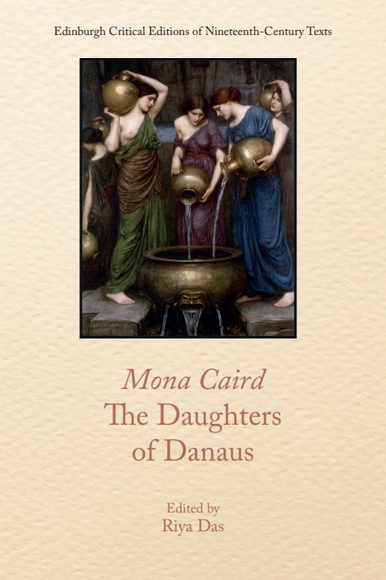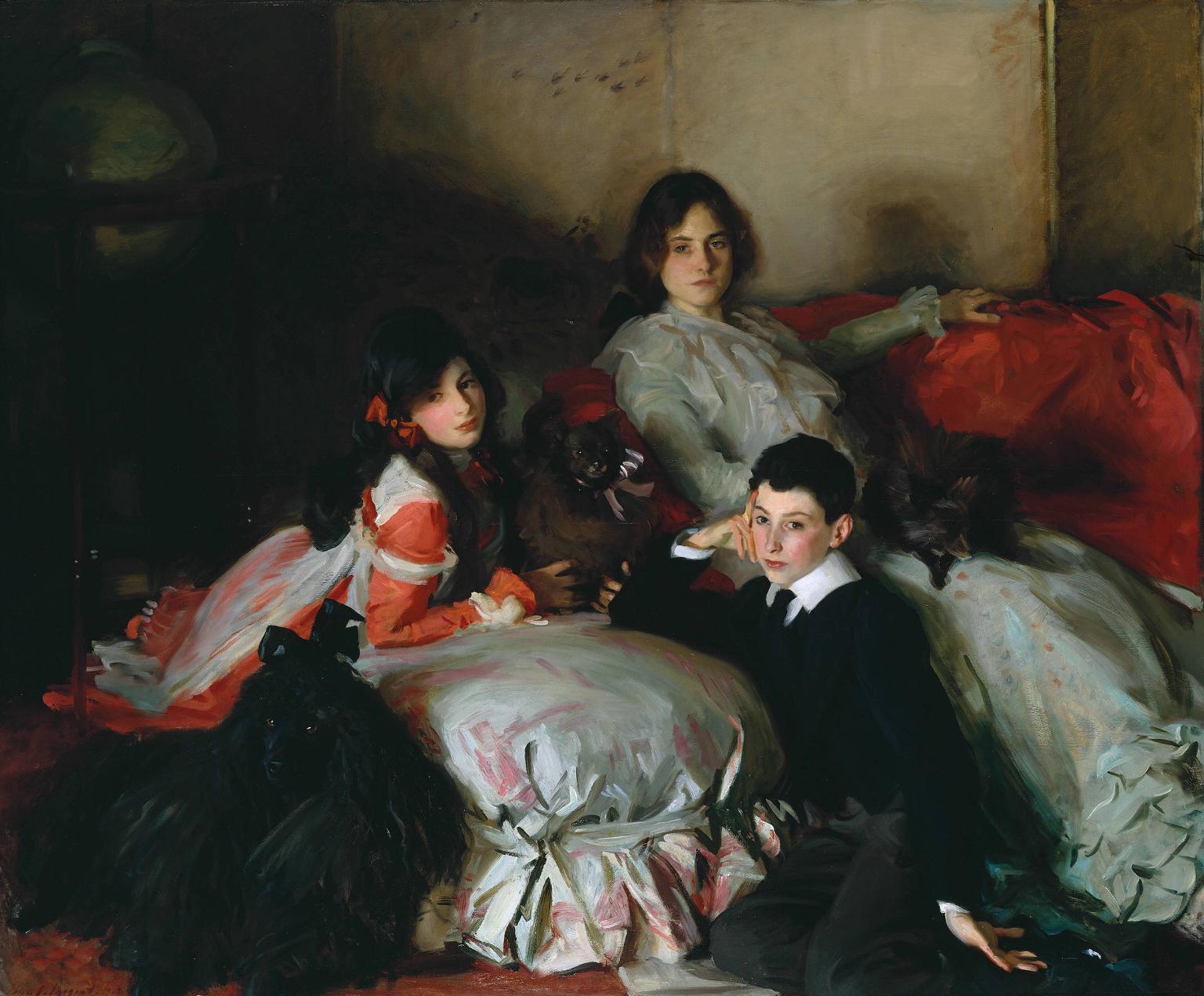
by Riya Das

Mona Caird, The Daughters of Danaus reframes Mona Caird’s immensely successful novel as a narrative of female professionalisation.
Tell us a bit about the critical edition.
Mona Caird’s seminal late nineteenth-century novel The Daughters of Danaus (1894), despite enjoying immense popularity following its publication and continued interest from twentieth and twenty-first century scholar-teachers of nineteenth-century literary and feminist studies, has been out of print for several decades. My edited book is the first critical edition as well as the first twenty-first century reprint of Caird’s novel. In my introduction, I reevaluate the novel’s portrayal of nineteenth-century New Women – women who navigated from domesticity toward professional work – in the characters of Hadria and Algitha Fullerton. While critics have largely viewed the musically talented Hadria to be the novel’s New Woman, my reading focuses on the coolheaded professionalism displayed by Algitha, who, I argue, represents the pragmatic ideal of the New Woman more distinctly than her recalcitrant sister. In addition to my introduction, the book offers readers an editorial apparatus including footnotes and an appendix containing a selection of Caird’s often controversial essays about marriage, patriarchy, motherhood, and vivisection.
What inspired you to edit Caird’s novel?
The scholarly answer is that Caird’s novel lies squarely within my immediate area of expertise in late nineteenth-century British literature and women’s writing. My first book, Women at Odds: Indifference, Antagonism, and Progress in Late Victorian Literature (The Ohio State UP, 2024), explores the affordances of female antagonism and indifference – in contrast with the well-studied ideal of female friendship – as tools for women’s progress depicted in late-Victorian novels such as The Daughters of Danaus.
A more personal answer is that I read The Daughters of Danaus on a whim in the early 2010s, when I was researching late nineteenth-century British women authors – Caird being one of them – while planning to pursue a PhD. I was completely bowled over by Caird’s elegant and complex style and scathing humour. For some reason, the novel was never a major analytical focus in my earlier publications, but remained very close to my heart. Unsurprisingly, when I felt the desire to try my hand at preparing a critical edition, I did not have to think twice about selecting this title, and the Edinburgh Critical Editions of Nineteenth-Century Texts series offered a perfect home for it.
What was the most exciting thing about this project for you?
The ability to work on the edition full-time for the first six months of 2024 with funding from a National Endowment for the Humanities grant. At the time, I was simply overjoyed that I could complete the critical edition in the time-frame I envisioned. Retrospection has added layers to my excitement – the ardent support of my department chair and university colleagues who value research and innovation in the humanities, the robust love of my family as I boldly marched on to complete the project following the birth of a child, and the extensive goodwill from colleagues in the vibrant international field of nineteenth-century studies all made this project worthwhile. Overall, it was surreally exciting to experience both academic and domestic happiness as a twenty-first century American woman while editing a nineteenth-century British narrative about gifted women largely lacking familial and social support for professional endeavours.
Did your research take you to any unexpected places or unusual situations?
Not literally, as my research for the critical edition did not involve travel, but figuratively, constantly. One of the unique joys of working on an edition of a novel, rather than, say, a monograph, is that it encourages academic distraction through the task of footnote preparation. I knew I would have to conduct research beyond the areas of Greek mythology, nineteenth-century Scottish culture, and British feminism – the novel’s loci – to do justice to my annotations, but, before I began working on the edition, I could never have imagined the unfamiliar realms of scholarship the book would transport me to. The Daughters of Danaus is strewn with references to scientific, agricultural, artistic, and financial advances and setbacks of its time, as a testament to the vast breadth of knowledge of its nineteenth-century author and as a test of the correspondingly impressive wealth of physical and digital information available to its twenty-first century editor. On that note, the strangest subject I had to visit for an annotation has to be “hen fever” – the nineteenth-century obsession with breeding exotic chickens.
What’s next for you?
I am working on my next monograph project, tentatively titled Victorian Transgressions, which explores how the genealogy of social reform largely associated with late-Victorian fiction can be traced from mid-century narratives, which were deeply invested in cultural transgression. The book was a finalist in the American Council of Learned Societies HBCU Faculty Fellowship competition in 2024, and I am looking forward to progressing with the manuscript in the coming year.

About the author

Riya Das is an Assistant Professor of English at Prairie View A&M University. She is the author of Women at Odds: Indifference, Antagonism, and Progress in Late Victorian Literature (2024). For more about her work, please visit her website.





